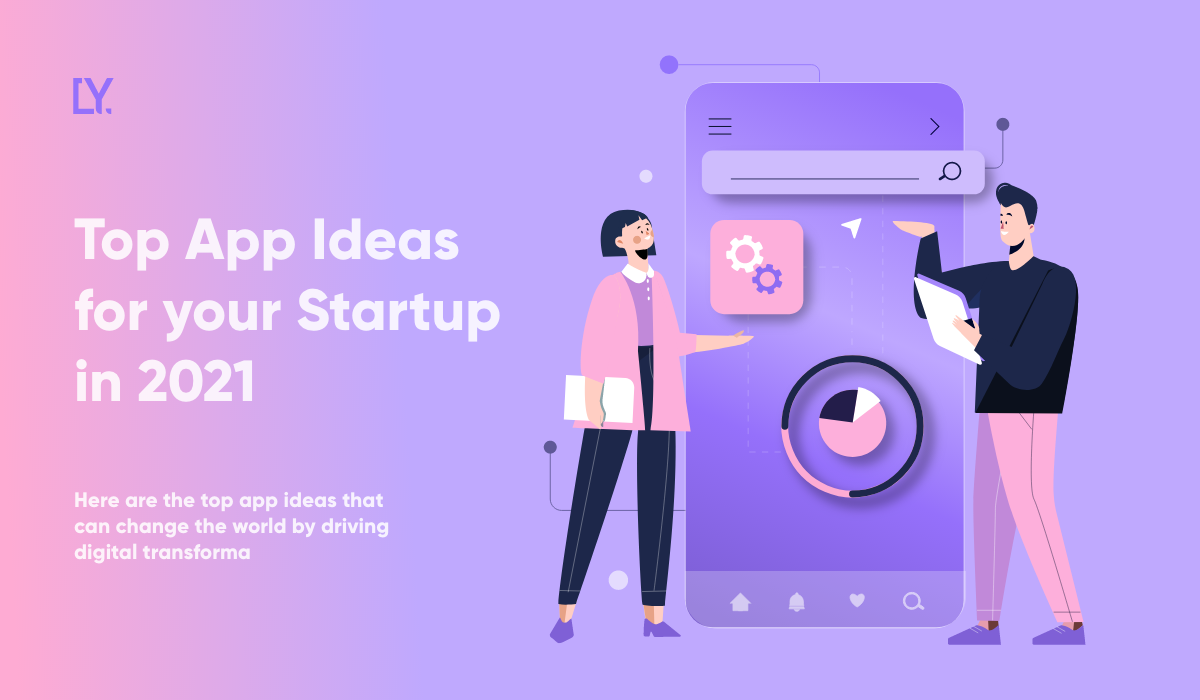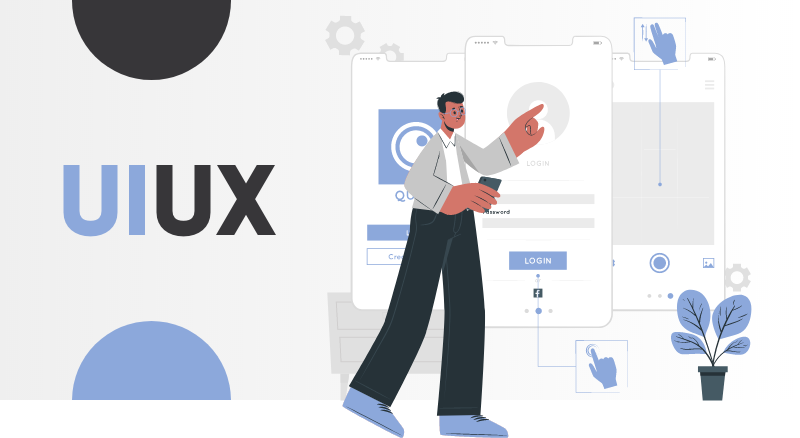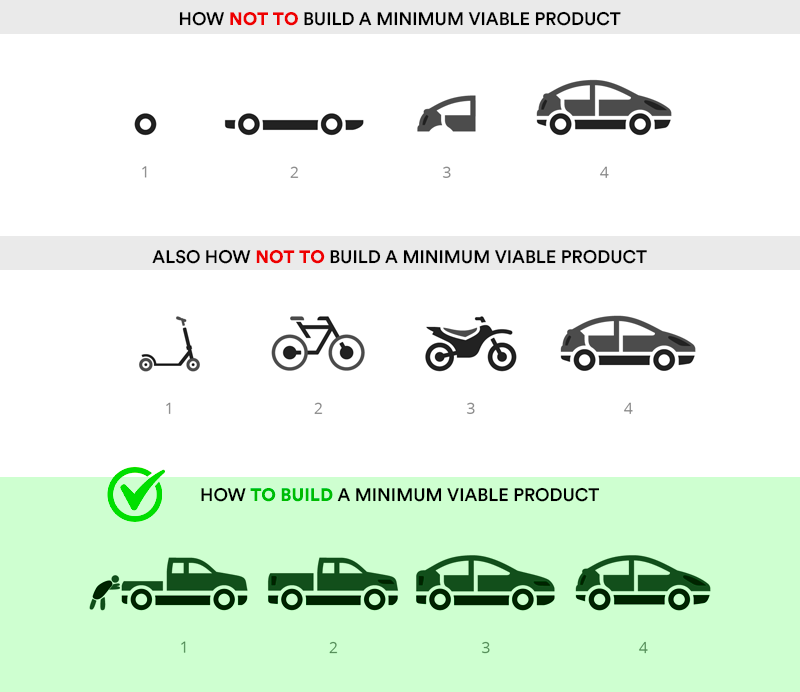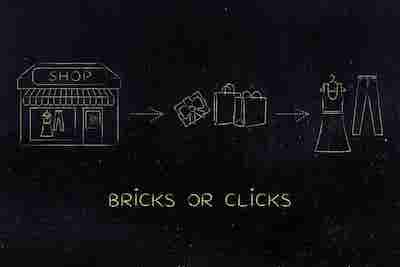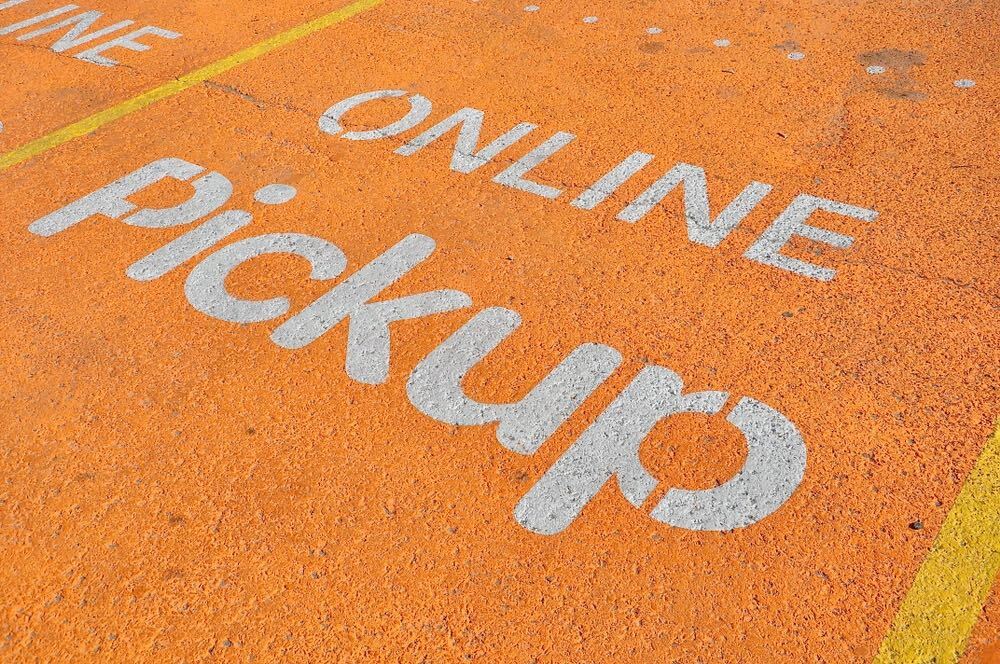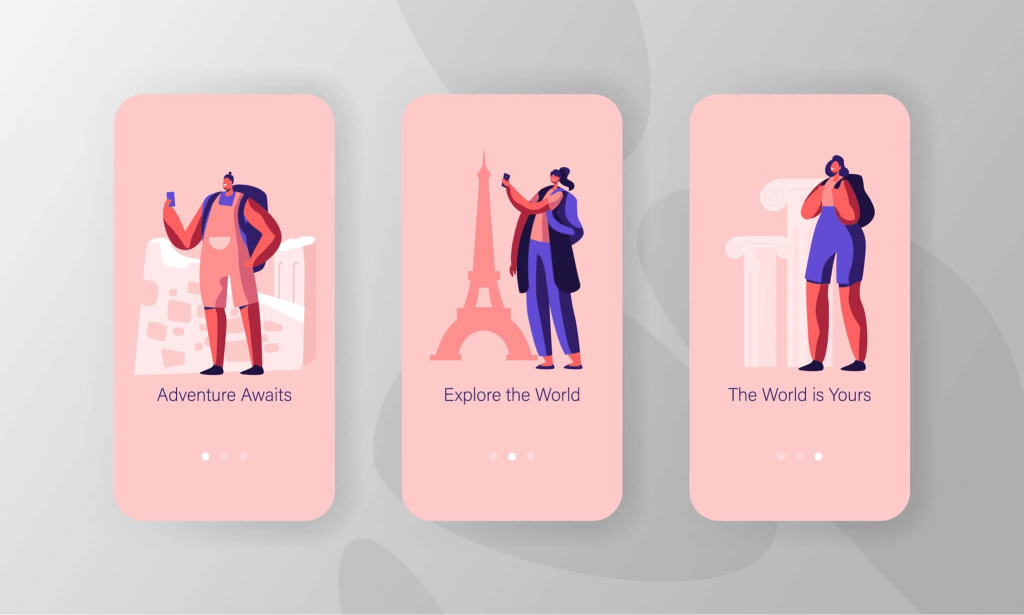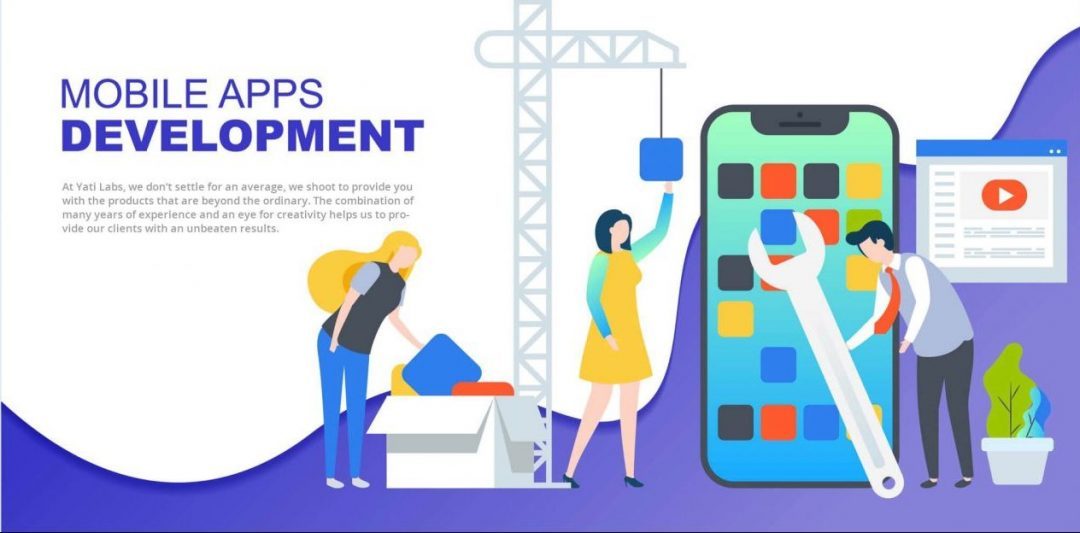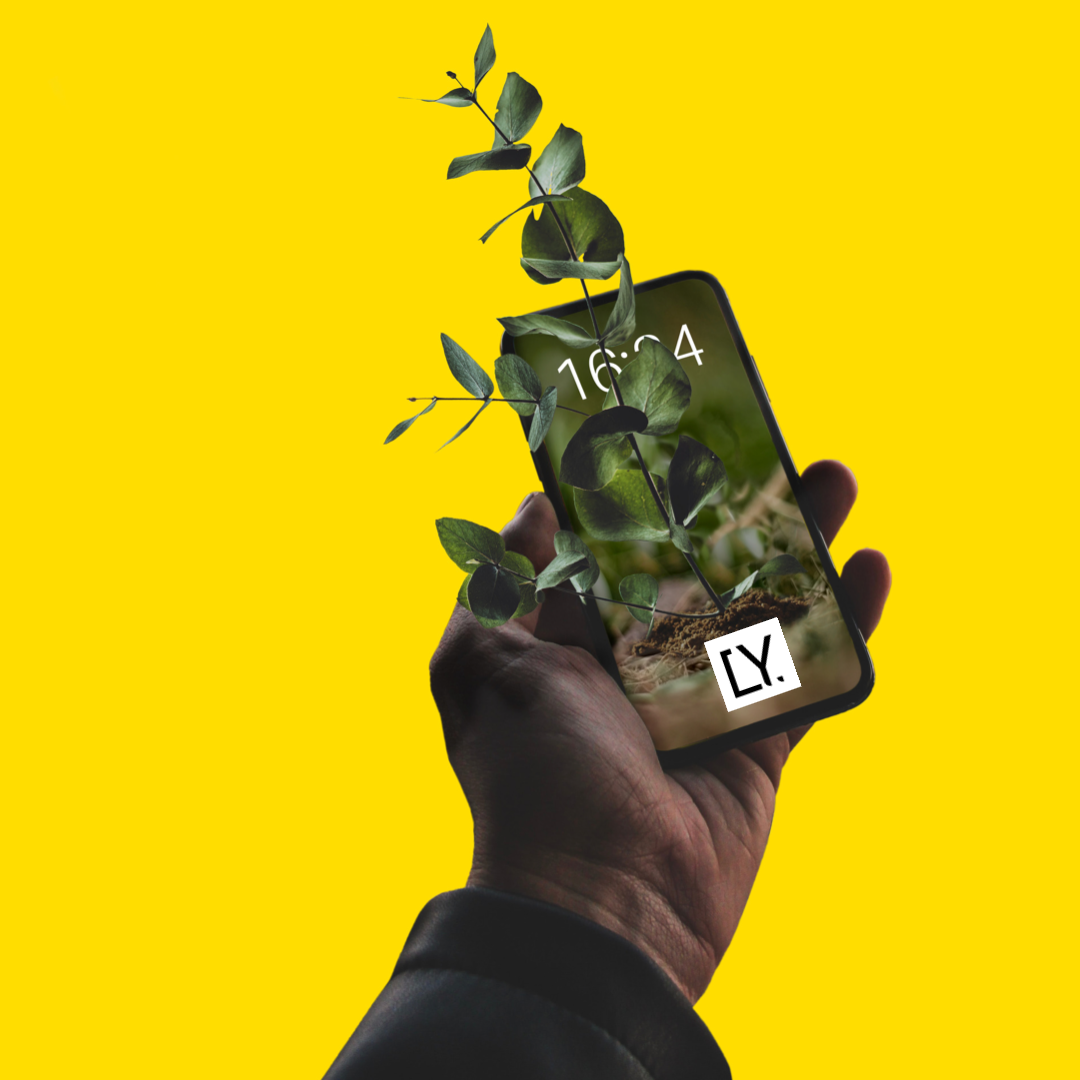The Ultimate Guide On How To Make Money From An App

In recent times app developers are hastening their grab upon the global market to earn outstanding revenues from their apps. With so many customers downloading and engaging with apps daily, brands and marketers have begun to tap into the immensely profitable app industry and capitalize on the rising demand for app content. They have realized that there are abundant ways to make money from the app, other than the direct traditional ways. App monetization platforms and strategies all over the world are increasing by leaps and bounds with the app market growing tremendously.
According to recent statistics, mobile app revenue will reach $935 billion by 2023. On an estimate, only about 13% of people engage with a platform through the web. This leaves the rest 87% to be mobile users who engage through apps. The app development is no longer bound to a small niche. From gaming and dating to shopping and banking, mobile apps have become a staple for most smartphone users globally. The number of mobile apps downloaded over the last few years almost reached 204 billion annual downloads by 2019.
The developers need to shift their revenue model to generate cash after the app download. To do so effectively, one needs to plan that involves multiple strategies. To understand this better, let us have a look at how one can make money from an app.
In-App Purchases to Make Money
In-app purchases refer to the purchases of extra content over an app. This may refer to facilitating the sale of products or service smartphones. It allows the user to buy something within the app, at times involving specialized virtual currencies. The system usually comprises users purchasing this virtual currency with real cash, to use it for various means within the app. Although not all apps have this functionality to monetize their respective app. Users can easily find the “In-App Purchases” written near the app’s price or Get button on the app store to check if an app offers in-app purchases before buying or downloading it.
In-app purchases are of 3 types — subscriptions, consumable purchases, and non-consumable purchases.
Subscription
Subscription models are an excellent way to generate app revenue. This is because they can be either non-renewing or automatically renewing. The working of this revenue model involves the app offering subscriptions to grant access to some content or service for a certain period. App users can have their subscriptions renew automatically or can choose how often the subscription renews on a weekly, monthly, quarterly, or yearly basis.
For example – Fitness and Health app, HealthifySmart offers various kinds of subscriptions to its app users. Services under this subscription are only for a limited amount of time and are of a renewable kind.
Consumable
Consumable purchases within the in-app purchase refer to buying non-renewal services within an app. This could refer to the purchase of any game merchandise or special features such as lives or gems in a game. Consumable purchases may also help app users to further their progress through an app. They can be used to get ahead in the game or redeem certain features and services that would usually take a long period to unlock. Health points, extra game lives, vouchers are some of the examples of consumable in-app purchases.
Indian fashion e-commerce company Myntra has recently introduced a loyalty program for its customers. As per these customers are provided with points where a customer buys a product. These points are redeemable. One can use them to buy discount vouchers during the time of purchase.
Non-Consumable
Non‑consumables purchases are premium features within an app purchase that do not expire. Services that do not expire or decrease with use are usually non-consumables, such as additional filters in a photo app. On the other hand, Non-Renewing Subscriptions allow the sale of services with a limited duration. These at times might need renewing, for example, removing ads, etc.
In-App Ads
While In-app purchase strategies such as subscriptions are usually the most profitable way to make money, monetization via in-app advertisements (IAA) is increasingly prevalent among app developers nowadays. In ads, monetization methods work best for free apps with a large chunk of audience. Networks such as AdMob and Flurry have campaigns they provide to monetize your application through ads over apps on iOS, Android, or some other mobile platforms.
Types of In-app Ads that make Money
For In-app ads, there are several ways to display ads in a mobile app. Banners, Native, Videos, Interstitial and Rich media are a few very popular ways to do so.
Banner ads are successful because they usually appear at the top or the bottom of a screen allowing users to keep using their mobile app even if a banner is active. This monetization method is extremely successful with some well-known brands as they direct users quickly to the advertised product or service.
Native ads refer to seamlessly integrated subtle ads. These have proved to be quite efficient to increase reach when app users block ads within their mobile applications completely.
Video ads are another kind that is quite efficient due to their click-through rate. These ads appear automatically while using the app users to interact with apps and can be permanently stopped by opting for a paid version or subscription.
Interstitial ads are similar to banner ads. However, unlike them, they take up a whole screen, appearing like pop-ups. These usually appear when users launch or close a mobile application.
The Rich Media Type is the most efficient of in-app ads with a click-through rate of 0.44%. Rich media ads use multiple methods like audio, video, text, to reach out to their app users.
In-app ads are tools of affiliate marketing where one can advertise their affiliates’ products (apps, games, etc.) inside your app. The app developer in such scenarios gets money if their users interact with those ads. Some of the monetization methods are through affiliate marketing campaigns. Here are 3 types.
Cost per click (CPC)
The cost per click advertising (CPC) model is ads that can be displayed on your mobile application. Each time users click on ads, revenue is made. The evaluation of revenue money from the app by CPC is usually on a cost per mille(thousand) basis.
Cost per view (CPV)
CPV or cost per view was traditionally used as a campaign tactic for brand awareness advertisers. In this pricing model, advertisers pay each time their mobile video ad is viewed. The revenue system in this scenario is the more times users of your app watch video ads, the higher payout you get.
Cost per view (CPV) = advertising cost / video views
Cost per install (CPI)
Among all payment models established in mobile advertising, this is one of the most important for app developers, because it allows them to calculate the ROI of their in-app advertising investments. With this model, you get paid whenever a user of your app installs an advertised application. the average cost per install is roughly $1.24 / per install.
Freemium
The freemium monetization strategy is a way to make money through a second, paid version of your application. The revenue model of this strategy that helps app in making money includes two versions of the same apps – free and paid. The freemium mobile app requires a reach of a wide audience to generate income. If users like a free version, they’re likely to opt for a paid one, to subscribe to extra functions.
Statistics show, only about 2% of users opt for a paid version of the app. Therefore, one does not suggest a niche app to opt for this monetization strategy. Due to the availability of the free version, the paid version needs to be elaborate, involving a high cost of development. A high cost of development with a narrow niche target audience will likely fail to generate high revenue. The only way a freemium mobile app can be successful is if it reaches a large audience. Gamification can be an important tool here. Many freemium social games reward users for inviting their friends and the invitation mechanism is a core part of the gameplay experience. In other cases, you can leverage an existing platform like Facebook to drive growth. For example, a photo-sharing app can post a user’s photos to the Facebook Open Graph.
With the freemium mobile app, it is important to have a highly engaging built and published, mobile app on the app stores. With the audience engaged, a strategy needs to be formulated for the paid version, to keep users retained and monetize the audience. This will ensure that the app is economically viable through this app monetization strategy. Some freemium apps also use advertising to generate additional revenue, although this is different from the freemium model itself.
Sponsorship
Sponsorship is a very profitable monetization model. The sponsorship model can be very promising in terms of making money if app developers consider it at the development stage. For this to work, one needs to create a successful app that has the attention of a large audience. Once succeeded, approach a sponsor company with an offer to update the design or market sponsor’s brand over your app.
Sponsorship may include funds by investors to build an app and turn it into a successful business. Free marketing within your product/app is also an option. Collaboration with another app developer or business will promote the app. This, drastically improves download rates, helping the app to make money. It can be an excellent way to secure additional funding for the project. A sponsor might also be interested in exchanging payment for prominent placement in the app. Developers can convince such potential investors that the placement will help promote their business. Due to the power of mobile marketing in the business world, we have witnessed an increased interest from investors’ end. This has made sponsorship the most desirable, hassle-free way with a higher success rate.
In terms of revenue or income generated through the app, there are 2 sorts of sponsorship deals. One can either share the revenue profits with their sponsor or get a sponsorship fee every month. The monetization model also involves partnering with advertisers, who provide your users with the rewards for completing certain in-app actions. Revenue earned through redeemed rewards is then divided between you and the advertiser. It takes ad personalization to the next level that can lead to an increase in customer engagement and revenue.
Email Marketing
Despite the advent of Social Media and the growth and prominence of mobile messengers and chat apps, e-mail is an integral part of daily online life. In 2019, the number of global e-mail users amounted to 3.9 billion and is set to grow to 4.48 billion users in 2024. If done right, that makes an email marketing campaign an easy way to engage users with your content. Email marketing is one of the oldest types of online marketing.
80% of business professionals believe that email marketing increases customer retention. Marketers who used segmented campaigns noted as much as a 760% increase in revenue. This is widely possible because people rarely change their email addresses and are used to sign up over various sites and platforms.
59% of respondents say marketing emails influence their purchase decisions. Hence regular emails, keep your brand at the forefront of a customer’s mind, making them more likely to buy from your business.
An in-app subscription form will give your app a real boost by prompting users to enter their emails, especially if you tempt them with the prospect of some great benefits for email subscribers. For example, credit point or virtual currency on signing in.
About 75% of Millennials use email to communicate with businesses for other channels that are too cluttered and email has created a reputation to be able to parse business-related information efficiently. There are several structural components needed such as multiple channels to capture email addresses, robust email marketing management tools, etc. A well-thought strategy regarding the presentation and outlook of your app needs to be sincerely speculated and implemented to monetize your app via email marketing effectively.
Collecting and Selling Data
The data monetization’s market value was USD 1.39 Billion in 2018, which experts expect to reach USD 4.75 Billion by 2026. The means of revenue that is generated from customer data is now a developing trend within the industries. It is only fair and progressive that this is extended to monetize mobile apps. It will be a sensible move for app developers to try generating app revenue from user data, with CPMs being higher than advertising app monetization models. Even E-commerce apps and platforms like Amazon, with their exponentially growing number of online shoppers, can be monetizing the data generated.
Data collected directly from the app is called first-party data. The majority of apps should no longer be afraid of leveraging this data. This data can prove to be an untapped pile of app revenue. The data can not only be monetized but also be used for a developer’s own needs. It helps in understanding user behavior and interactions with and towards the app or its niche. Developers can also understand where and how their app is used and obtained from the users by leveraging robust and accurate user data. The data can help to trigger in-app advertising, helping create more relevant adverts.
Telecom companies, research institutes, advertisers, marketers, to improve their products and make better business decisions need quality data. App owners on the other hand have a lot of data they operate with during the internal optimization. Data monetization refers to the process of gathering, analyzing, transferring, and the segmentation of non-personal information about app users. Data monetization intermediaries offer the highest payouts for some and pass the data further to the telecom companies, marketers, research institutes, etc.
E-Commerce Apps and On-Demand Service Apps
These two types of app have a direct revenue-making model. They operate as a part of a service-based industry dealing with clients directly. From an economic point of view, these apps make money by fulfilling the supply-demand chain.
E-Commerce Apps
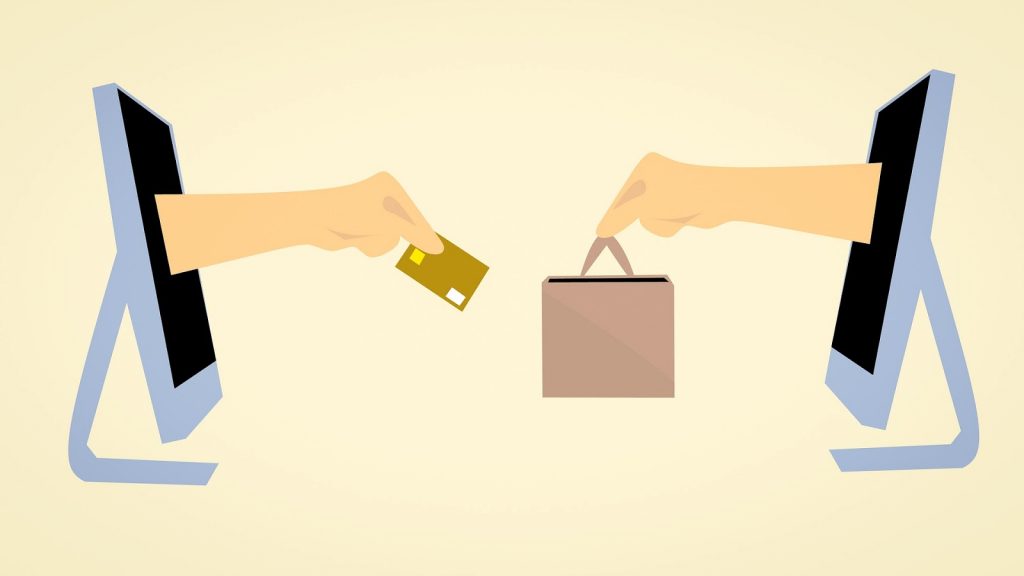
Apps related to e-commerce refers to the online conducted business such as online shopping. Defined as the buying and selling of goods via the internet on any device, E-commerce is the fastest-growing retail market. Due to this simple yet profitable method of making money from apps, the e-commerce industry will soon reach over $4 trillion in sales by 2021. Considering the potential of the market to sell merchandise through free mobile apps is another way to make money through apps.
With the start of the year 2020, many e-commerce businesses were built amidst the lockdown to sell physical goods.
These physical products when combined with a proper eCommerce app and advertising strategy can prove to be a booming business in itself in the coming days. Not only developers but even users can use e-commerce platforms to sell their goods. Apps like Amazon provide options for users and individual businessmen to connect with a larger audience. To attract customers and provide the best user experience Amazon even takes care of the payments and delivery of items. The revenue by e-commerce apps is from the purchase of goods or commission made from transactions. In terms of email marketing, there is a good way to earn more revenue. Such as charging money for adverts placed in the newsletter or delivering a separate email on behalf of advertisers.
On-Demand Service Apps
The on-demand service app economy fulfills consumer demand based on immediate access to goods and services. A scalable business model on-demand is best for service industries. Often the service providers in the market cannot afford to have their on-demand apps. Developers can leverage this gap by providing them one, thus bridging the gap between service providers and their customers. Here is the revenue model of a multi-service provider on-demand to understand the working better. Urban Clap facilitates finding professional servicemen for a variety of works ranging from architects, plumber to yoga teacher, and dietician.
Urban Clap (now Urban Company) business revenue model is mainly based on two methods – Commission and Lead generation
- Commission
Through the commission-based method, Urban Clap generates 85% of its total revenue. This is them charging from the service owner some percentage of the total price of the service. This helps both customers, in terms of quick service and servicemen easy access to tap more customers. The commissioned charge is different from every vendor or servicemen based on their work.
- Lead generation
Lead generation is also a good way to generate profit where the customer specifies its requirements. According to that, the customer either can contact the mentioned professionals or they can contact the customer. Urban Clap is giving a lead to customers of servicemen looking for a specific service. For this, Urban Clap charge servicemen for the lead generation and customers from professionals.
Future of Making Money from App
When it comes to making money from an app some categories of apps are more suited to specific app monetization models than others. Different apps focus on different areas of app monetization while considering and incorporating multiple aspects. This is a Hybrid app monetization.
The app market has experienced substantial growth since its first conception, and it shows no signs of slowing down. Turning an app idea into reality is just the initial fulfillment of the requirement, to establish a successful business revenue model. A well-planned strategy to make money out of an app is the real deal. The app monetization techniques are not only finite to upcoming apps but also a way to make already out in the app store profitable. It is crucial to figure out the benefits of each of the methods listed above to make the best profit out of these app monetization methodologies.
If you want to monetize an existing app, or are looking to develop an app according to a specific strategy, the team of Yati Labs are always available with answers to your queries. Our aim will be to analyze and present you with the details of the best possible app monetization strategy. We, at Yati Labs, understand that developing an app is much beyond the UX/UI, prototyping, MVP and so Yati Labs offers a complete experience to its customers with utmost transparency in it’s working style. To reach out to us, you can easily book a free consultation with our business experts. We look forward to discussing the future with you.
